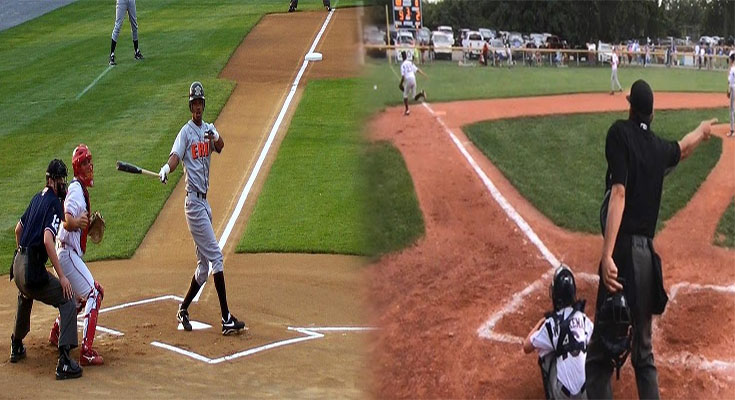Baseball is a game loved by millions around the world, known for its strategic gameplay and thrilling moments. To fully grasp the dynamics of the game, it is crucial to understand the rules governing fair and foul balls. In this article, we will explore the differences between fair and foul balls and the impact they have on the game.
Fair Ball
A fair ball is a batted ball that settles or is touched within the boundaries of the foul lines. The area between the first and third base lines is considered fair territory, and any ball hit into this space is a fair ball. These balls are in play and can be fielded by the defensive team to make an out or to advance the runners.
Once a ball is declared fair, it remains that way until it passes the base at which it was originally hit. If a fair ball passes beyond first or third base and then curves to the foul side of the line before reaching the bases, it is still considered a fair ball. However, if the ball passes first or third base and then curves foul past the bases, it becomes a foul ball.
Foul Ball
A foul ball, on the other hand, is a batted ball that either settles or is touched on or beyond the foul lines. The area outside the first and third base lines is considered foul territory, and any ball hit into this space is a foul ball. These balls are not in play and are considered dead, resulting in a strike to the batter (unless the batter already has two strikes) and setting up the next pitch.
A ball is also considered foul if it first touches the ground in foul territory beyond first or third base. Even if the ball subsequently rolls into fair territory before reaching the bases, it is still considered a foul ball. Additionally, a bunted ball that touches the ground on or outside the foul lines is also considered a foul ball.
Umpire’s Decision
The decision on whether a ball is fair or foul is made by the umpire. Umpires are responsible for making instant judgments based on their positioning and observations. In cases where the ball is near the foul lines, umpires rely on their judgment and expertise to determine if the ball is fair or foul.
To make their decision, umpires generally rely on the position of the ball when it first passes over or lands near the base or on the visual impression of the flight of the ball. They also consider factors such as the spin of the ball and the placement of fielders in making a fair or foul call.
Importance in the Game
The distinction between fair and foul balls is crucial in baseball. The play’s outcome varies depending on whether a ball is fair or foul, impacting the strategies employed by both teams. Fair balls provide opportunities for batters to reach base, advance runners, or score runs. Foul balls extend the at-bat, giving the batter additional opportunities to make contact or tire out the pitcher.
Fair and foul balls play a significant role in influencing the outcome of a game. They contribute to the excitement and unpredictability that make baseball such a thrilling sport loved by fans worldwide.
Understanding fair and foul balls is a fundamental aspect of comprehending baseball rules. Fair balls remain in play and can be fielded, while foul balls are dead and result in strikes. Umpires play a crucial role in making fair and foul calls based on their knowledge and judgment. The distinction between fair and foul balls enhances the strategic nature of the game, adding to its charm and excitement.





